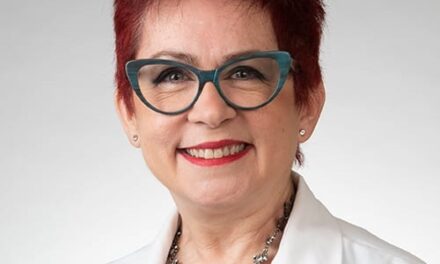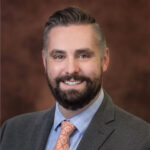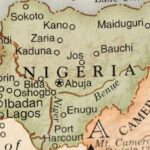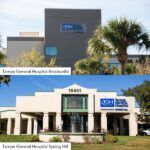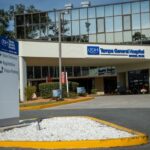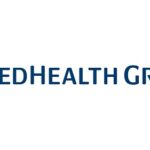 Ecuador is a beautiful South American country that borders Columbia in the north and Peru in the south. The country takes its name from the Equator, as it is one of the few countries that lies on this famous line. Dr. Elaine Wallace, the Dean of Nova Southeastern University’s College of Medicine, first started the medical trips to Ecuador over 10 years ago because she was interested in catering to people who lived in high altitude, about 8,000 feet or more above sea level. These trips began when Dean Wallace happened to stumble across “San Jorge Eco-lodges” while on vacation in Ecuador. She met Dr. George Cruz, then owner of four Ecuadorian lodges and a veterinarian, who has since become the gracious host of the Ecuador missions.
Ecuador is a beautiful South American country that borders Columbia in the north and Peru in the south. The country takes its name from the Equator, as it is one of the few countries that lies on this famous line. Dr. Elaine Wallace, the Dean of Nova Southeastern University’s College of Medicine, first started the medical trips to Ecuador over 10 years ago because she was interested in catering to people who lived in high altitude, about 8,000 feet or more above sea level. These trips began when Dean Wallace happened to stumble across “San Jorge Eco-lodges” while on vacation in Ecuador. She met Dr. George Cruz, then owner of four Ecuadorian lodges and a veterinarian, who has since become the gracious host of the Ecuador missions.
Nova Southeastern College of Osteopathic Medicine: Our Medical Service Experience in Ecuador
Planning each mission takes incredible time and effort, and Evelyn Martinez, our Medical Outreach Program Coordinator, was the backbone of the trip. She worked with NSU-COM’s International Medical Outreach Club to coordinate logistics, served as our primary Spanish interpreter and requested all legal permits for medical practice in Ecuador. Finally, in May, twenty-six of us first year medical students and five preceptors packed their bags and headed on a medical adventure to the jungles of Ecuador.
We began our trip at the Pichincha Province of Quito, Ecuador. We set up our first clinic just a short hike down the mountain from one of George’s lodges. Our clinic consisted of a small, one-room building with plastic chairs and a tarp-covered corner to serve as a private examination room. Many of our patients were native Quechua people who walked from local neighborhoods to be seen at the clinic.
We spent two days at the clinic in the high altitude of Quito, and then another two days in the rainforest of Tandayapa. We were able to treat many acute illnesses with the simple screening tests we brought, and a variety of antibiotics and analgesics. We were also able to perform vision screenings and provide prescription glasses to those in need. A highlight of our trip was an elderly woman who came into our clinic with abdominal pain. Upon palpation, our student doctors and attending physicians diagnosed her with a probable abdominal aortic aneurysm that had the possibility of rupturing. Because we did not have the proper equipment, we had to send her to the hospital but were unable to follow up on her care.
Although we had some limitations, it was evident that osteopathic manipulative treatment (OMT) had a great impact on the healthcare needs of the community. We provided hands-on treatment to relieve pain and inflammation. Dr. Widboom, an OMT specialist and professor at NSU-COM, remarked, “It inspired me to see these first-year students effectively using the hands-on skills we teach … to diagnose and treat patients in the absence of blood tests, imaging and many medical treatment options."
For most of us this was our first service trip abroad. We were inspired by our experience to continue serving the less fortunate, whether they are 3,500 miles away or in our very own neighborhood.




